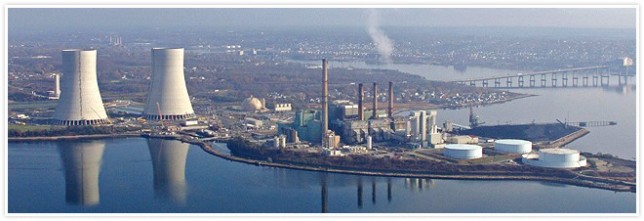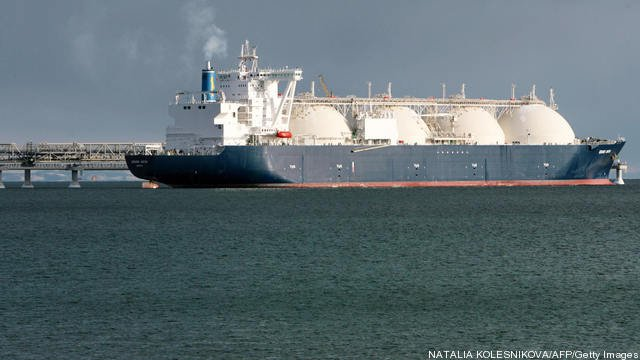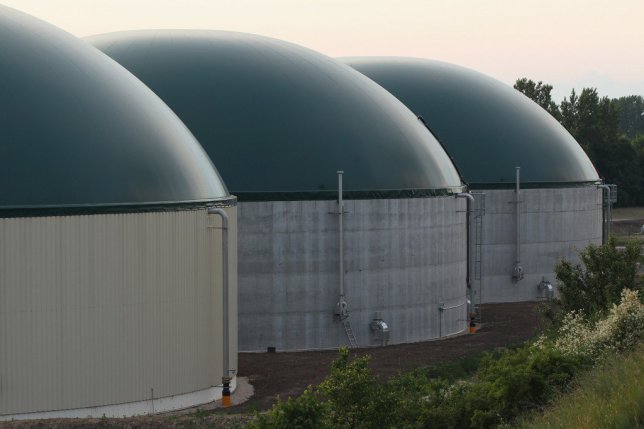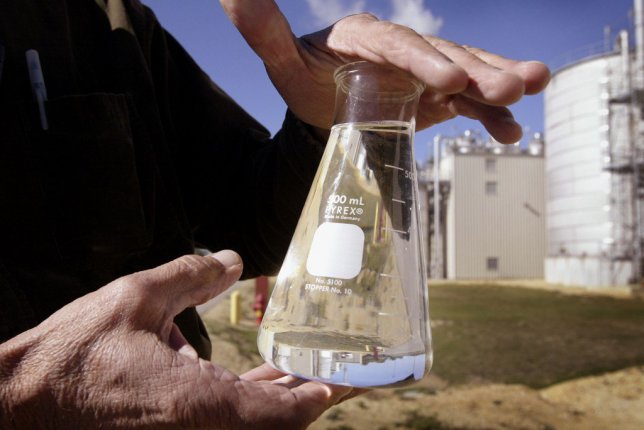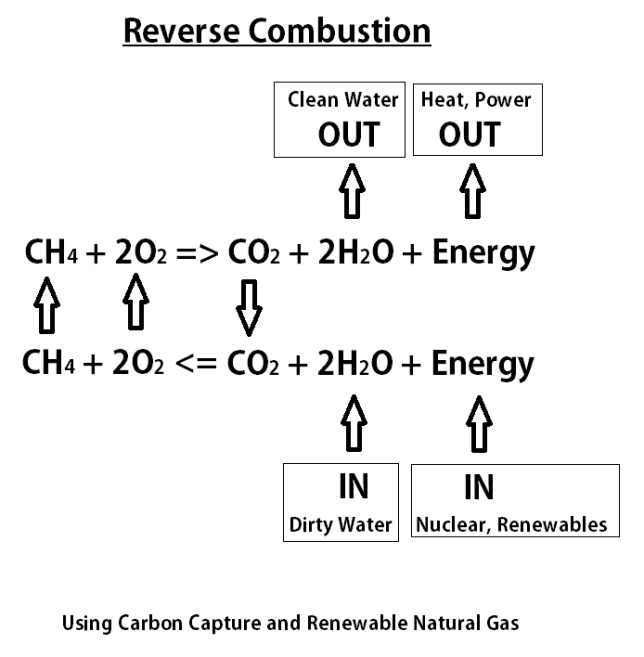Environmentalists are Wrong about Port Ambrose LNG
The proposed Port Ambrose deepwater LNG terminal near New York City has been denounced by environmentalists as a dirty and dangerous export terminal in disguise. The reality is that LNG is the safest and cleanest fuel available and natural gas is critical in efforts to eliminate air pollution and save lives in New York City….
Continue reading →
